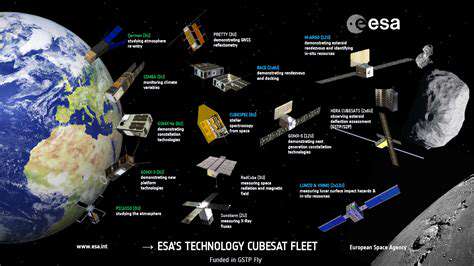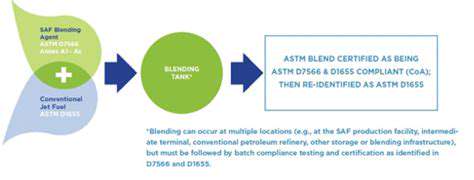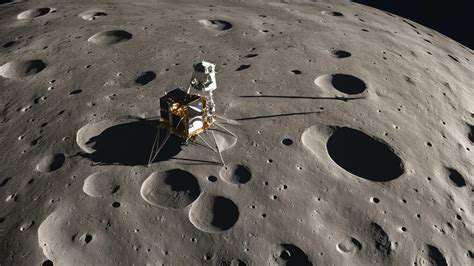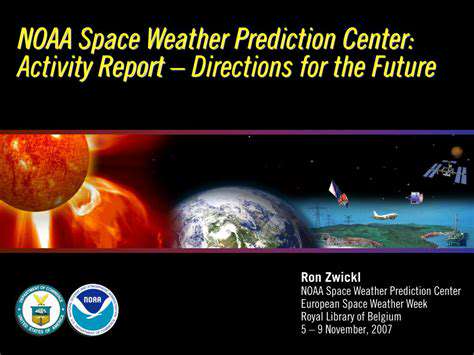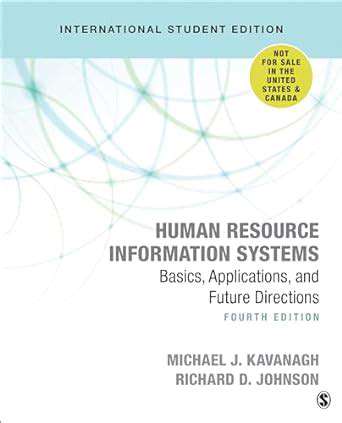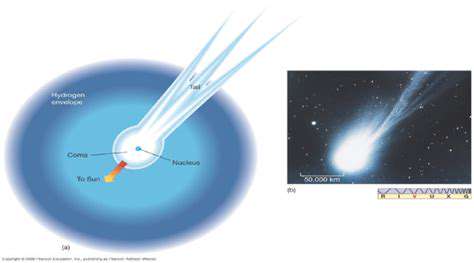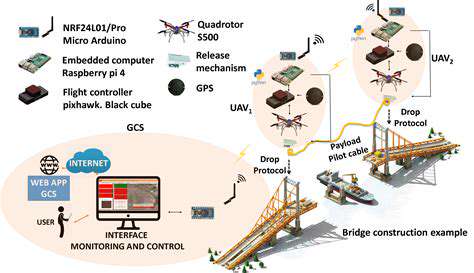Beyond a Simple Orbital Target: The Strategic Significance
The Moon, once viewed merely as a celestial waypoint, is now recognized as a pivotal center for strategic resources. While its scientific value remains undeniable, the potential for lunar materials to power future space missions and even Earth-based industries is increasingly apparent. This represents a marked shift from earlier missions that prioritized scientific discovery and symbolic human presence. The Artemis program underscores this evolution, emphasizing sustainable lunar habitation and the Moon's role as a resource hub for solar system exploration.
Harnessing Lunar Materials for Propulsion
Lunar regolith, the fine dust covering the Moon's surface, contains elements like helium-3, which could serve as fuel for future fusion reactors. This revolutionary resource might enable cleaner, nearly inexhaustible energy for spacecraft propulsion. Processing these materials on-site rather than transporting them from Earth would dramatically cut costs and simplify logistics for interplanetary missions.
Lunar Water Ice: A Lifeline for Future Colonies
Water ice discovered in permanently shadowed lunar craters could transform prospects for sustained lunar habitation. When separated into hydrogen and oxygen, this ice provides both life-support essentials for astronauts and rocket propellant. Local utilization of these resources would free up cargo capacity for other critical supplies, enabling longer missions and more ambitious exploration objectives.
Lunar Minerals: A Catalyst for Terrestrial Industries
The Moon's unique geology contains minerals and metals with potential applications across multiple industries. Mining these materials on the lunar surface could significantly reduce the environmental impact of terrestrial mining operations. From cutting-edge electronics to advanced construction materials, lunar resources offer substantial economic potential with far-reaching implications.
Scientific Advancement Through Lunar Exploration
While resource extraction is important, the Artemis program remains fundamentally a scientific mission. Studying the Moon's geological history and composition provides invaluable insights into solar system formation. Establishing a long-term presence allows for continuous data collection that could unlock new scientific discoveries about our cosmic neighborhood.
Economic Opportunities and Global Partnerships
The economic potential of lunar resources could be transformative. Successful exploitation will require collaboration between private industry and international partners to develop necessary technologies and infrastructure. New lunar industries could generate employment, drive innovation, and foster global cooperation, while shared benefits may help prevent conflicts over extraterrestrial resources.
Developing Lunar Infrastructure: A Foundation for a Lunar Colony
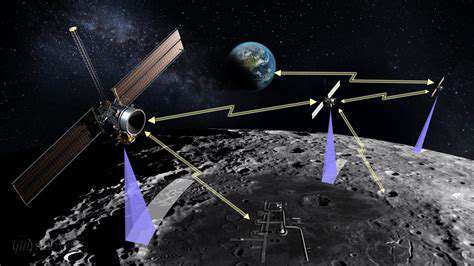
Establishing a Lunar Base: Initial Steps
Initial infrastructure development will focus on creating a sustainable foothold. Selecting optimal locations involves evaluating resource availability, radiation protection, and proximity to water ice deposits. Strategic site selection proves crucial for long-term viability. Early efforts will also require reliable landing systems and transport mechanisms for personnel and equipment.
Creating a robust communication network between lunar bases and Earth operations is essential for mission safety and efficiency. This infrastructure will form the backbone of all lunar activities.
Resource Utilization and Processing: A Key Component
Central to infrastructure planning is the development of techniques for extracting and processing lunar materials like water ice and regolith. Innovative in-situ resource utilization (ISRU) technologies will reduce Earth dependence and lower mission costs.
Power Generation and Energy Storage: Crucial for Sustainability
Sustainable energy solutions are vital for permanent lunar bases. Options include solar arrays, compact nuclear reactors, and potential geothermal systems. Effective energy storage will be particularly important during the long lunar night. Efficient power management could determine the economic feasibility of ongoing operations.
Life Support Systems: Ensuring Habitability
Creating livable conditions requires advanced life support capable of handling the Moon's vacuum, extreme temperatures, and radiation. Systems must reliably provide breathable air, potable water, and waste recycling while withstanding harsh lunar conditions. Developing these closed-loop systems represents a major technological challenge.
Scientific Research and Exploration: Driving Innovation
Lunar infrastructure must support diverse research activities. Laboratories studying lunar materials and geology could yield important discoveries. Potential observatories would offer unique vantage points for astronomical research, unaffected by Earth's atmosphere.
Spacecraft and Transportation: Enabling Access
Specialized lunar transport systems must account for low gravity and cargo handling needs. Reusable vehicles could significantly reduce operational costs. As infrastructure expands, more capable spacecraft will be needed to support larger payloads and more complex missions.
The Role of International Collaboration in Lunar Colonization Efforts
International Partnerships: A Catalyst for Success
The scale of lunar colonization demands global cooperation. Combining resources, knowledge, and technology across nations can accelerate progress while reducing individual risks. Collaboration extends beyond engineering to include legal frameworks governing lunar activities and resource rights.
Resource Sharing and Cost-Effectiveness
Joint efforts allow nations to share the substantial costs of lunar development. Pooling launch capabilities, construction materials, and scientific expertise makes ambitious projects more feasible.
Shared Knowledge and Technological Advancement
International cooperation fosters innovation through diverse perspectives. Combined efforts in life support, radiation protection, and robotic systems could yield superior solutions compared to isolated national programs.
Addressing Ethical and Legal Frameworks
Establishing fair international agreements regarding lunar activities is essential. Clear guidelines on resource utilization and environmental protection will help ensure responsible development.
Risk Mitigation and Diversification
Collaborative approaches distribute risk across partners. If one nation encounters difficulties, others can maintain progress, increasing overall mission resilience.
Building a Global Lunar Community
Lunar colonization represents more than technological achievement—it offers an opportunity to establish a shared human presence beyond Earth. This cooperative venture could inspire unprecedented international unity in space exploration.
Looking Ahead: The Future of Lunar Colonization
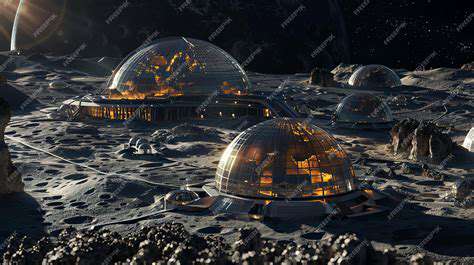
Lunar Tourism: A New Frontier
The prospect of civilian lunar travel captures public imagination. As infrastructure develops, opportunities may emerge for visitors to experience the Moon's unique environment firsthand, from crater exploration to Earth-gazing.
Resource Extraction and Utilization
Helium-3 mining could address Earth's future energy needs while supporting space exploration. Automated systems will likely handle much of the extraction process to maximize safety and efficiency.
Scientific Discovery and Research
The Moon serves as a natural laboratory for studying solar system formation. Ongoing research could reveal new insights into planetary evolution and potential extraterrestrial resources.
Commercialization and Economic Growth
Lunar development will create new industries and economic opportunities. From construction to manufacturing, commercial activities could transform the Moon into an extension of Earth's economy.

